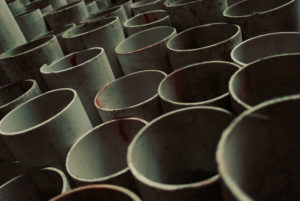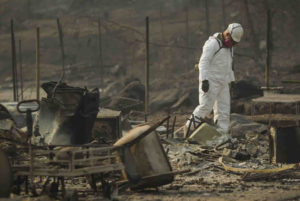
4 Ways Contaminants Penetrate a Building’s Water Supply
4 Ways Contaminants Penetrate a Building’s Water Supply In North America, the benzene, toluene, ethylbenzene and xylene (BTEX) hydrocarbon group represents a main source of groundwater contamination. Its ability to permeate many common piping materials makes it especially difficult to protect against, which can be concerning considering BTEX is an established carcinogen. The Environmental Protection Agency has regulated benzene in drinking water to 5 parts-per-billion because of its link to cancer. What Materials are Affected? Many common, plastic piping materials are at risk of permeation by BTEX and other chemicals. These materials should not be installed in areas where permeation is… more




